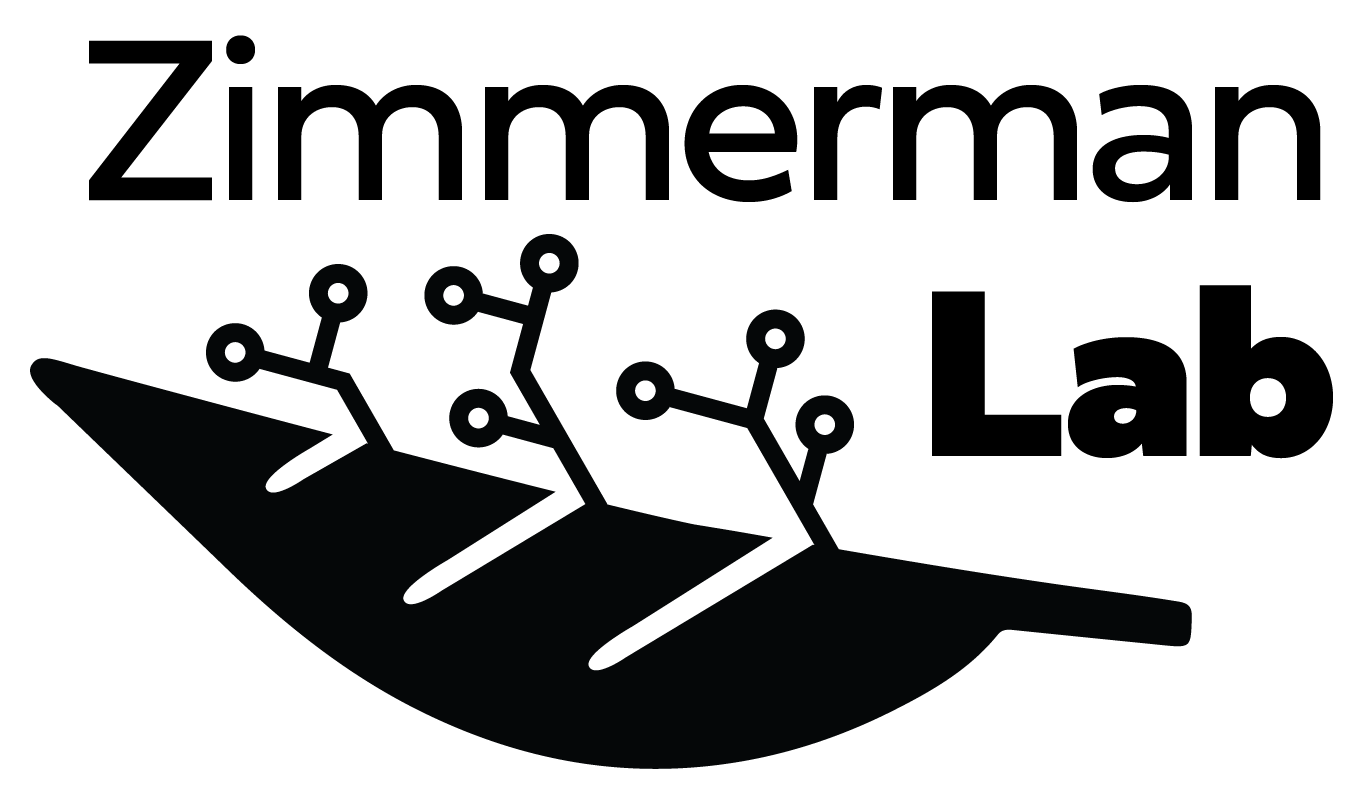Naupaka Zimmerman
Biogeography, ecological function, and evolution of plant microbiomes.
Complete CV (updated October 2024)
 Naupaka Zimmerman is currently an Associate Professor in the
Biology Department
at the University of San Francisco,
where he teaches courses in
Microbiology, Ecology, Urban Ecology, California Ecology, and
Bioinformatics (among others). He is broadly interested in the
intersection between microbial community and ecosystem ecology, and is
currently examining it in the context of endophytic fungal communities
via next-gen molecular methods
(e.g.
Zimmerman et al. 2014). While these communities are incredibly diverse, particularly in the
tropics, we know very little about their functions in ecosystems.
Using a combination of field surveys and greenhouse manipulations, he
is currently engaged in
a number of different projects
trying to understand what these enigmatic organisms are up to.
Naupaka Zimmerman is currently an Associate Professor in the
Biology Department
at the University of San Francisco,
where he teaches courses in
Microbiology, Ecology, Urban Ecology, California Ecology, and
Bioinformatics (among others). He is broadly interested in the
intersection between microbial community and ecosystem ecology, and is
currently examining it in the context of endophytic fungal communities
via next-gen molecular methods
(e.g.
Zimmerman et al. 2014). While these communities are incredibly diverse, particularly in the
tropics, we know very little about their functions in ecosystems.
Using a combination of field surveys and greenhouse manipulations, he
is currently engaged in
a number of different projects
trying to understand what these enigmatic organisms are up to.
Prior to USF, he was a postdoc at the University of Arizona as a Gordon and Betty Moore Fellow of the Life Sciences Research Foundation, working in the Arnold Lab. His work there focused on understanding the mechanisms of interaction between foliar endophytes and host (Huang, Zimmerman, and Arnold 2018) in black cottonwood (Populus trichocarpa), on the circumglobal biogeography of boreal endophytes (U’Ren et al. 2019), and the phylogenetic distinctness of endophytes in the Xylariaceae (U’Ren et al. 2016).
His PhD dissertation at Stanford (as part of the Vitousek Lab) focused primarily on the biogeography of communities of foliar fungal endophytes that inhabit the asymptomatic leaves of ʻōhiʻa (Metrosideros polymorpha), an endemic Hawaiian tree (Zimmerman and Vitousek 2012). He also worked on a number of collaborative projects examining the functional consequences of pathogen-endophyte-genotype interactions (Busby et al. 2013) in narrowleaf cottonwood (Populus angustifolia).
After graduating from college, he spent a year in the Schrag geochemical oceanography lab as a technician reconstructing past climatic trends from oxygen isotope records in marine sulfate (e.g. Turchyn et al. 2009) and in cores from long-lived tropical tree species (e.g. Anchukaitis et al. 2008). He also spent a year teaching in Seoul, South Korea before starting grad school.
His undergrad degree was in Environmental Science and Public Policy and Social Anthropology at Harvard University. His interdisciplinary honors thesis focused on understanding how differing environmental conceptions (scientific, indigenous, economic, etc) play out in the construction of public narrative and policy. His ecological research during that time was focused on lowland wet forest communities along a substrate age (successional) gradient in Hawaiʻi, with particular focus on how invasive species alter the successional trajectories of these forests (Zimmerman et al. 2008).
